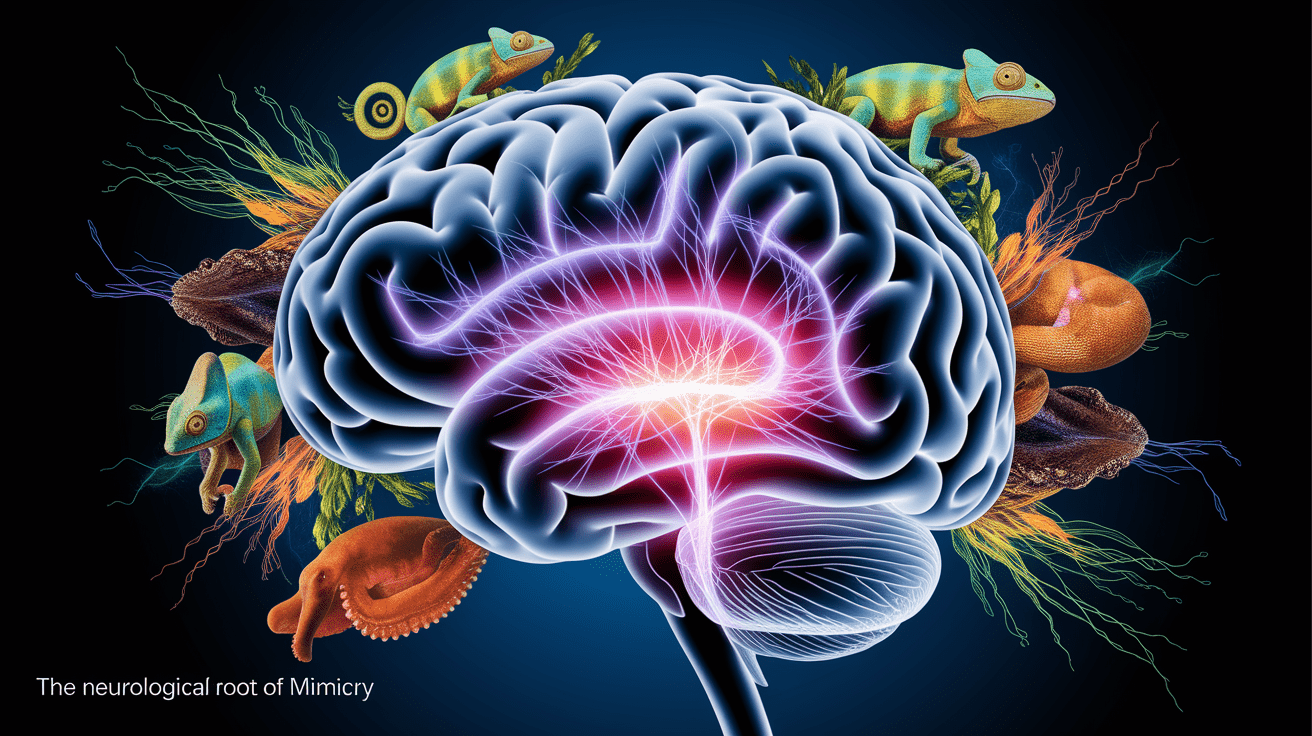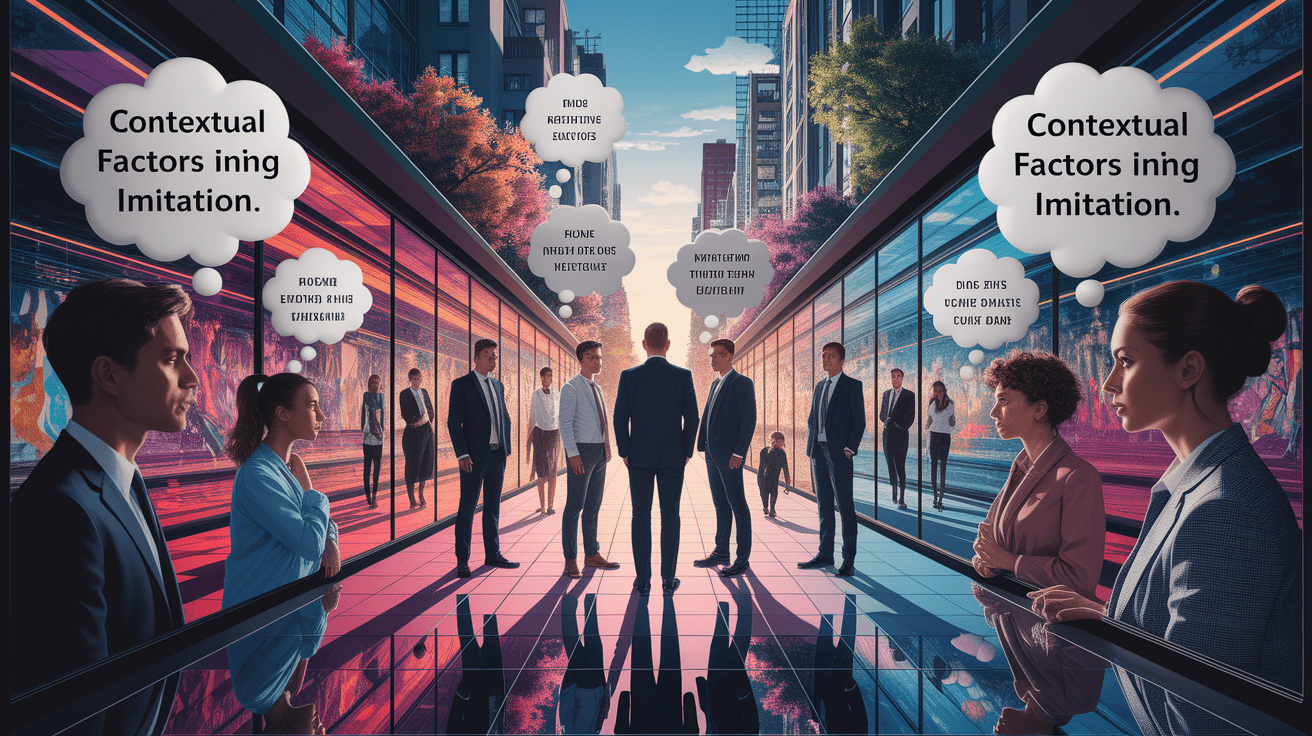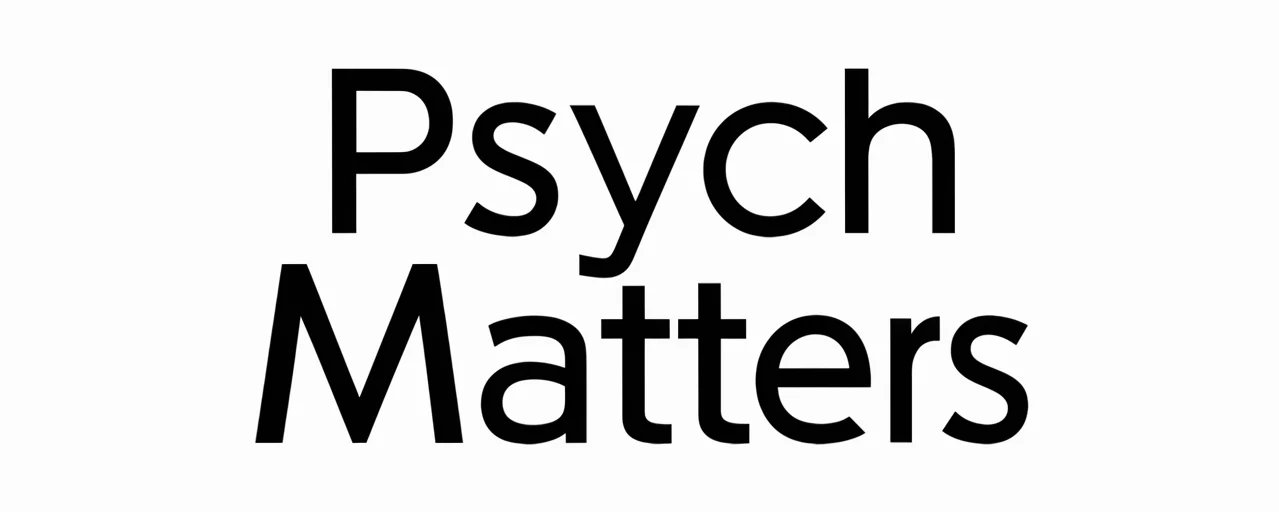Echoes of Behavior: Understanding Why People Copy Others
Have you ever caught yourself yawning just moments after seeing someone else do it? Or perhaps you’ve adopted a colleague’s turn of phrase without realizing it. This tendency to mirror, mimic, and conform is a deeply ingrained aspect of human behavior. Understanding the people who copy others psychology reveals that this is not just a superficial quirk; it is a fundamental process rooted in our neurology, essential for social learning, and pivotal for forming connections. This exploration delves into the scientific and psychological reasons behind our imitative nature.
Opening Reflection
Imitation is one of our first and most vital skills. From infancy, we learn by watching and doing. This behavior, however, evolves from simple mimicry into a complex social tool. It’s the silent language of rapport, the foundation of cultural transmission, and a key element of identity formation. While “copying” can sometimes carry a negative connotation, psychological inquiry shows that it is an overwhelmingly normal and necessary behavior. The line between healthy imitation and problematic conformity lies in the motivation and self-awareness behind the act.

The Neurological Root of Mimicry
Our propensity to imitate is not merely a conscious choice; it is hardwired into our brains. Research highlights the role of complex brain mechanisms involving mirroring activity in the motor cortex. A study featured in UVA Today explains that this phenomenon is similar to the function of ‘mirror neurons’ first discovered in monkeys. These neurons fire both when an individual performs an action and when they observe another individual performing the same action. In humans, this mirroring activity is crucial for understanding and duplicating the behaviors of others, forming a neurological basis for empathy and social learning.

This innate tendency is present from the very beginning of life. Research indicates that infants as young as 42 minutes old can imitate facial expressions, suggesting a powerful genetic predisposition towards imitative behavior.
This automatic, neurological process is an example of the brain’s mental shortcuts. Many of our behaviors are driven by processes outside our immediate consciousness, a concept further explored when understanding cognitive biases that shape our perception and actions without us even realizing it.
Social Advantages of Copying
Beyond our neural wiring, imitation serves a profound social purpose. It is a powerful social adhesive that helps create and maintain relationships. This phenomenon, often called the “chameleon effect,” is the nonconscious mimicry of postures, mannerisms, and facial expressions of one’s interaction partners. As described by Verywell Mind, this behavioral synchrony tends to increase liking and foster a sense of rapport.

Research published in Psychology Today confirms that individuals who engage in imitative behavior often enjoy each other’s presence more, leading to smoother, more harmonious conversations. When you subtly mirror someone’s body language, you are non-verbally communicating, “I am with you; I understand.” This deepens the intricate web of human connections and interpersonal psychology. However, the context is critical. The same Psychology Today article notes that imitating a person who is widely disliked can lead to being judged as less competent, highlighting that our brains are selective in their mirroring.
Contextual Factors Influencing Imitation
Why someone copies another person is rarely a simple question. The answer often depends on a confluence of developmental, cultural, and psychological factors. Understanding the people who copy others psychology requires examining the specific context in which the imitation occurs.
Developmental and Learning Goals
In childhood, imitation is the primary engine of learning. A social psychological perspective offered by a study on `eva.mpg.de` explains that children’s copying is highly flexible. They may copy an action faithfully to learn a new skill, or they may copy selectively because they identify with the model or feel social pressure to conform. This adaptive imitation is crucial for acquiring the vast amount of knowledge needed to navigate the social world.

Cultural and Environmental Pressures
The behaviors we choose to copy are heavily shaped by our surroundings. Cultural norms dictate which actions are appropriate or desirable. As UVA Today points out, travelers may unconsciously adopt local accents or mannerisms, demonstrating our innate desire to align with those around us. This powerful dynamic shows how cultural psychology and its influence on behavior can shape everything from our gestures to our values.
Identity, Self-Esteem, and Conformity
While imitation is normal, the question “Is it a sign of insecurity if someone constantly copies others?” is valid. For some, habitual copying can signal low self-esteem or an underdeveloped sense of identity. This is particularly prevalent during adolescence, when the perceived judgment of peers creates immense pressure to fit in. This feeling is magnified by the psychological concept of the imaginary audience, where a teenager feels they are constantly under scrutiny. In some cases, pathological imitation can be a feature of psychological disorders like borderline personality disorder, where an unstable sense of self leads to mirroring others to feel “real.” If excessive copying is causing distress, it is a valid reason to seek professional guidance.
Mirrored Minds: Harnessing Imitation for Positive Connections
Recognizing the power of mimicry allows us to use it intentionally to improve our social interactions. Conscious, empathetic mirroring—as opposed to thoughtless copying—can be a powerful tool for building rapport in personal and professional settings. When you actively listen and non-verbally reflect another person’s emotional state, you are deploying a key skill in communication.

This is central to the psychology of persuasion and influence; effective communicators are often those who can create a sense of alignment and understanding. By subtly mirroring tone, pace, and posture, you can make others feel heard and validated. The key is authenticity. The goal is not to become a perfect echo but to use this natural human tendency to signal empathy and create a stronger, more genuine connection.
Key Takeaways
- Imitation is Innate: Our brains are equipped with mirroring systems (like mirror neurons) that make imitation an automatic and fundamental part of being human, starting from birth.
- Copying Builds Connection: The “Chameleon Effect,” or the unconscious mimicry of others’ mannerisms, is a social glue that increases liking, empathy, and conversational flow.
- Context is Everything: People copy for different reasons—children for learning, adults for social bonding, and groups for cultural cohesion. The “why” depends on the situation.
- Motivation Matters: While most copying is healthy, chronic or excessive imitation can be linked to low self-esteem, identity issues, or a strong psychological need to conform.
- Use Mirroring Mindfully: You can intentionally use subtle, authentic mirroring to build rapport and improve communication, but insincere imitation can easily backfire.







